Imagine sitting someone trying to make conversation while they are constantly staring at their phone— It sounds annoying, right? This situation may sound familiar, as nearly half of teens aged 13 to 17 state that they are online almost constantly. Social media use has risen exponentially in recent years, and so have the rates of mental health issues. 40% of high school students report a persistent feeling of sadness as of 2023, which is a 10% increase in the prevalence of mental health issues over the past decade. Furthermore, in a study conducted with adolescents aged 12-15, it was found that when three hours per day or more was spent on social media, adolescents faced double the risk of experiencing symptoms of poor mental health such as anxiety or depression. Social media is a crucial part of modern society, with its use continuing to rise since its inception in the late 1990s. The social media landscape has changed significantly since, giving way to large platforms such as Snapchat, Tiktok, Instagram, Facebook and X (Twitter). Each platform has a large user base consisting of younger generations. As of 2024, 63% of teens say they use Tiktok, and 16% state that they use it almost constantly.

The heavy usage of social media by teens can affect their developing brain. Many social media platforms feature short-form content or videos which are 30 seconds or less that can be consumed quickly at substantial amounts. Watching these videos can affect the parts of the brain that correspond to rewards and reactions such as the prefrontal cortex and amygdala. It can also cause the brain to release dopamine, which is the neurotransmitter that corresponds to pleasure and rewards.
Teenager’s brains work differently than adults. A prefrontal cortex that is still developing causes teenagers to think about the consequences of their actions less. This still developing prefrontal cortex, combined with a more dominant amygdala, which controls emotions, can cause teenagers to make impulsive decisions or act out based on emotion.
The constant and substantial stimulation that social media provides can structure the brain to constantly crave large amounts of the dopamine obtained from watching short form content. In comparison, this can make activities outside of consuming media seem less stimulating, which means that the brain will consequently feel underwhelmed, tired and depressive.
On top of the excess dopamine that social media feeds to teenagers’ brains, social media platforms also cause a multitude of other negative effects. Many teenagers use social media as a way to wind down before bed. However, the blue light emitted from the screen and the dopamine obtained from constantly scrolling through endless entertaining videos both keep the brain in a stimulated state, so it doesn’t help prepare the brain for sleep, which lowers the quality of sleep.
Perceived social isolation is a state when someone feels like they are more isolated than they actually are. There is a link between perceived social isolation and social media usage. Social media is known to make people feel a fear of missing out (FOMO). The culture of social media is to keep up with social events or trends taking place, and not knowing trends can cause feelings of perceived social isolation online and in real life if people reference these trends in conversations in social interactions.
Further, when people post about certain events or hangouts with friends, viewers can also experience feelings of FOMO. Social media posts can cause worry because of the potential to make people feel feelings of exclusion or judgement.
Not everything seen on social media is exactly real. There is an epidemic of misinformation and edited pictures. This becomes an issue when teenagers are comparing themselves to people they see online. Teenagers are going through many types of changes, including their physical appearance. Seeing people online who look too perfect to be real can cause insecurities or body issues in teenagers.
Misinformation online can also impact teenagers. There is a lot of false or biased news on social media and it can be hard to differentiate between what is real and what isn’t. The spread of this news can cause teens to make uneducated decisions or perceive an issue differently.
The long-term effects of social media usage are still relatively unknown, with platforms having only relatively recently developed. Excessive use of social media can create shortened attention spans, making it harder for people to pay attention for an extended period of time. Long-term use could also potentially cause people to pull back in real life relationships, opting for the easy and quick satisfaction received from social media.
So how can social media be used in a productive way while staying a way for people to connect and express themselves? More moderation can be placed to ensure that social media becomes a safer environment for any untrue or biased information. Placing screen time limits can also be productive in making sure that people will get off of their technology before it becomes unhealthy.
Being aware that not everything on social media accurately represents real life can be the most crucial in using social media cautiously. Things are not always as they seem and it is important to take everything with a grain of salt.
As for the future of social media, it seems like it is here to stay. Many of the big platforms continue to grow to this day with no signs of slowing down. Overall, it’s important to stay aware and continue to make attempts to connect with others in real life.


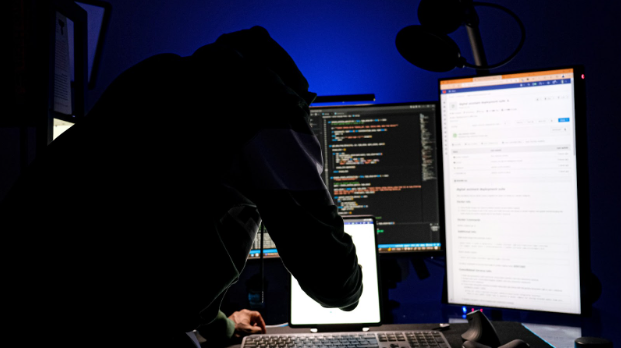




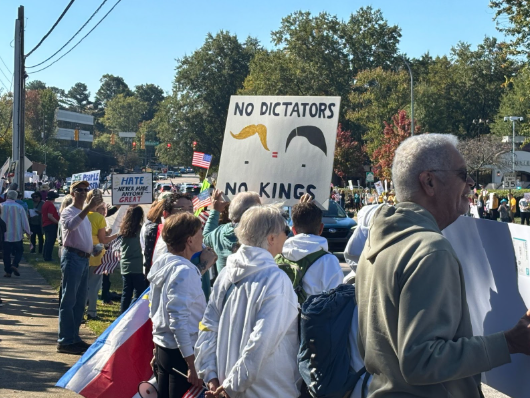





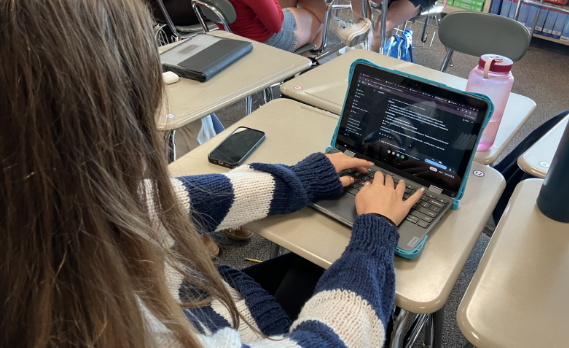






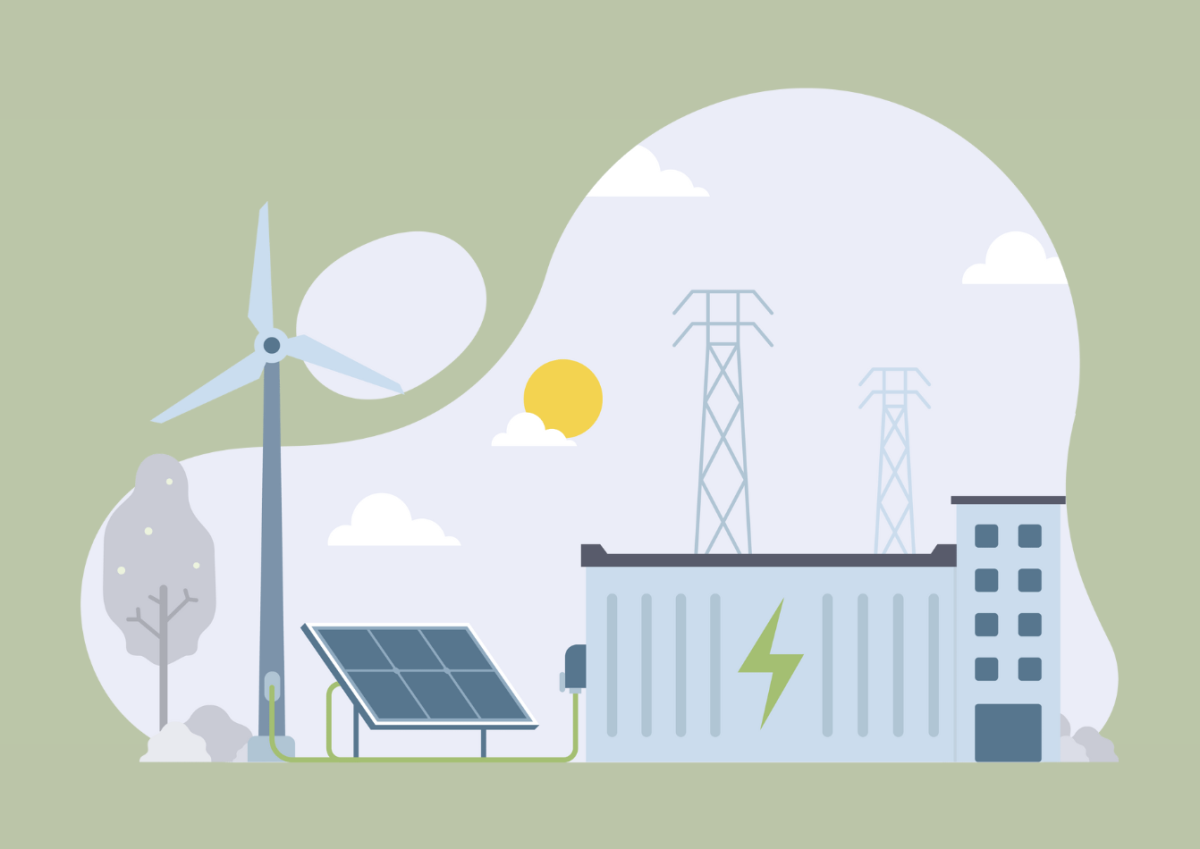



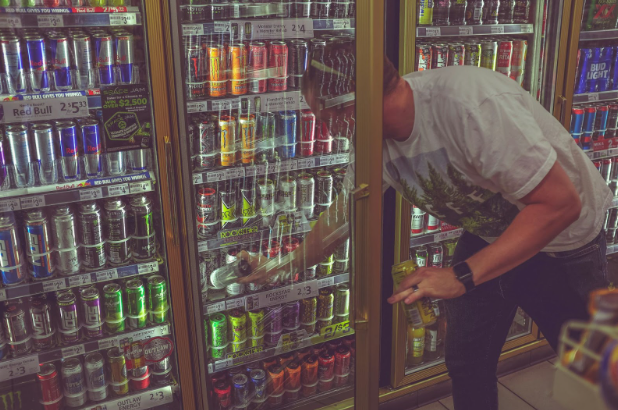
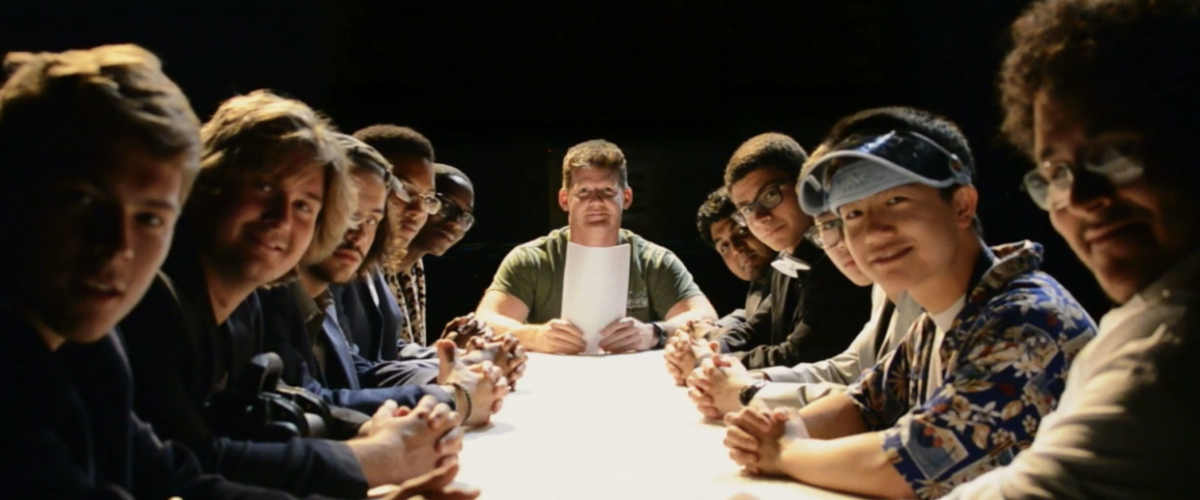




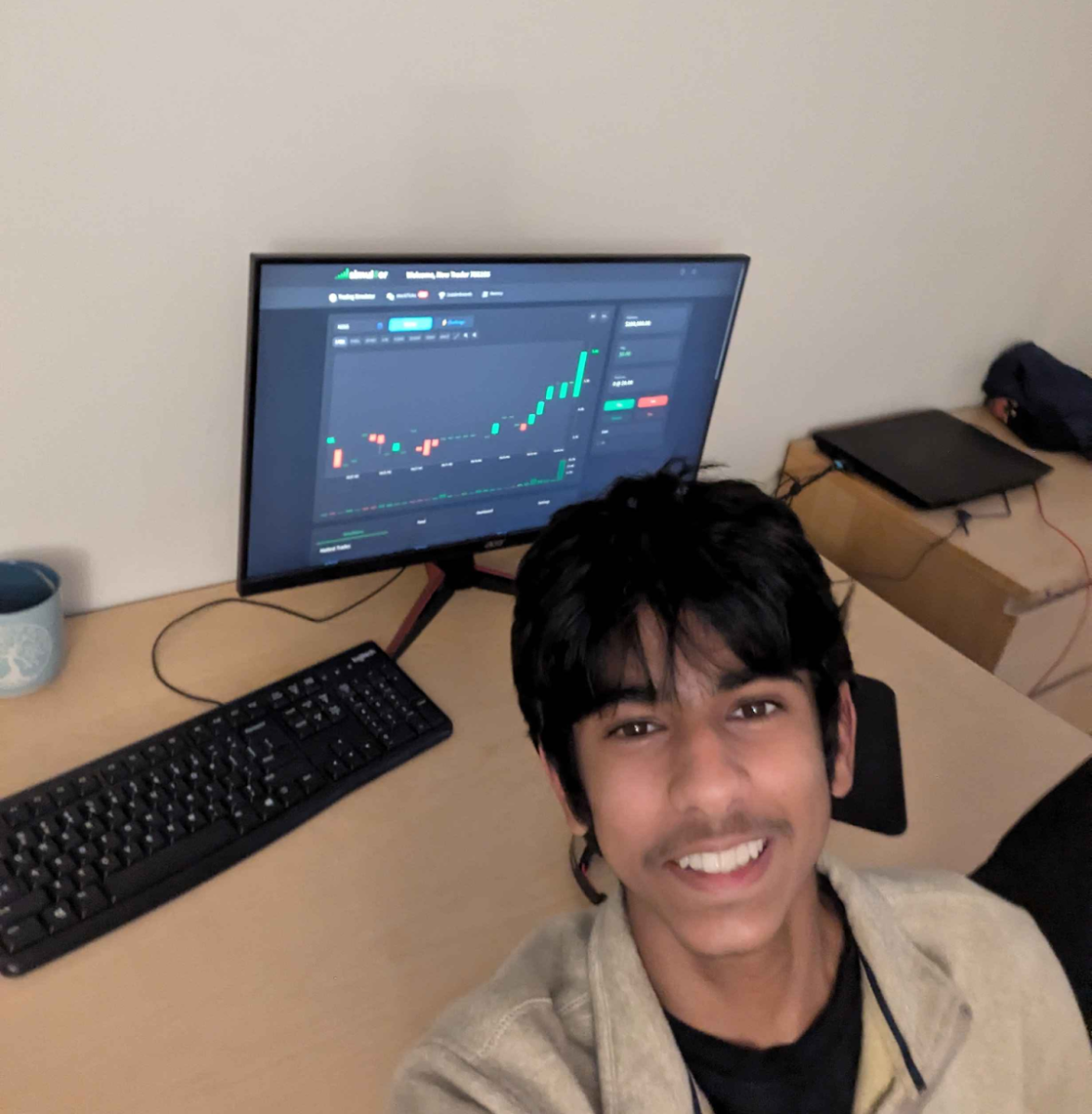

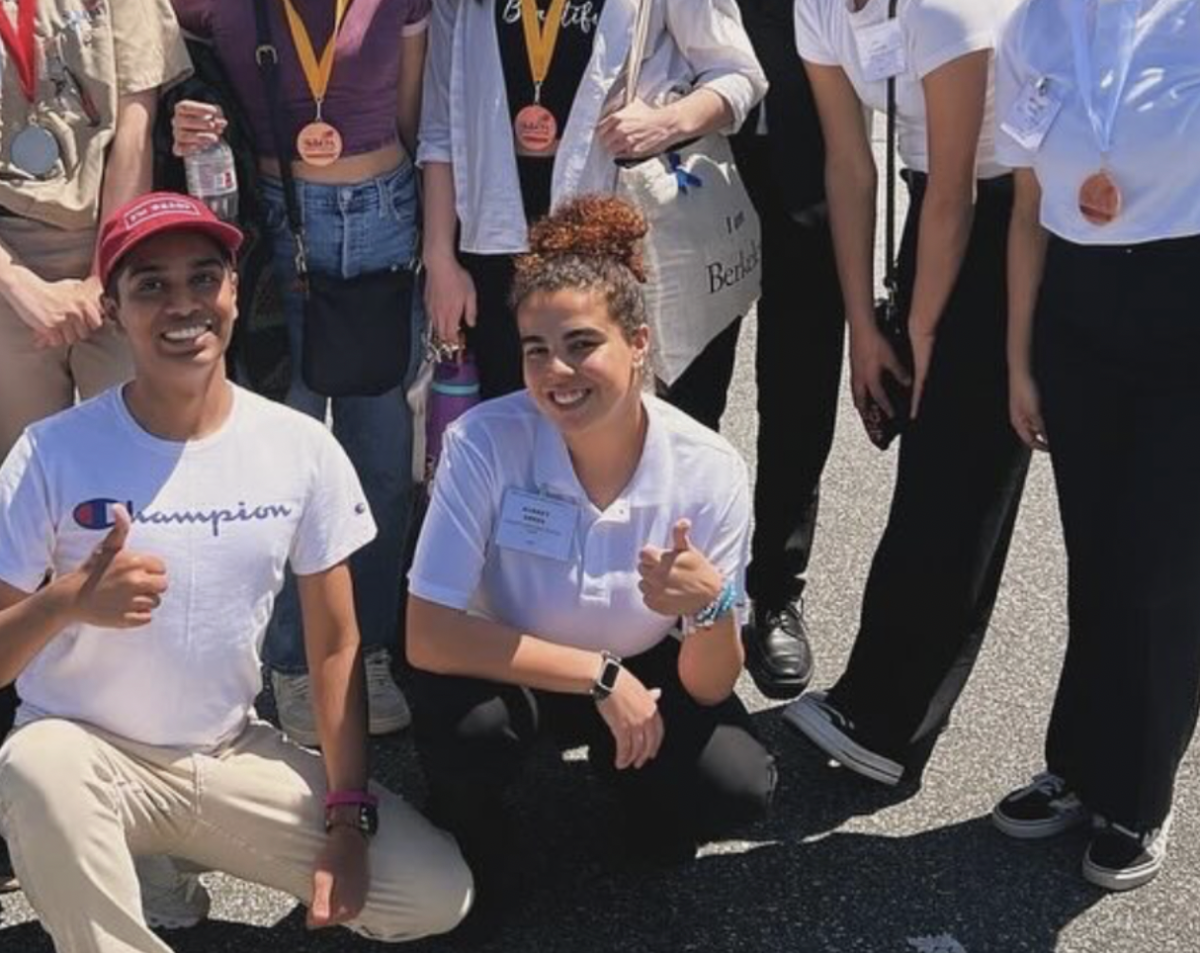


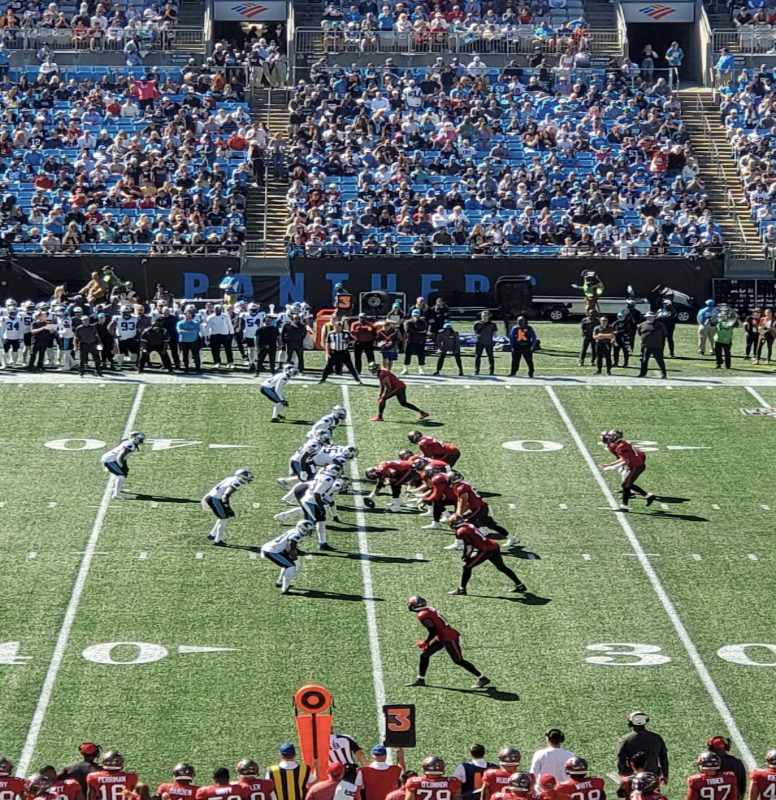


















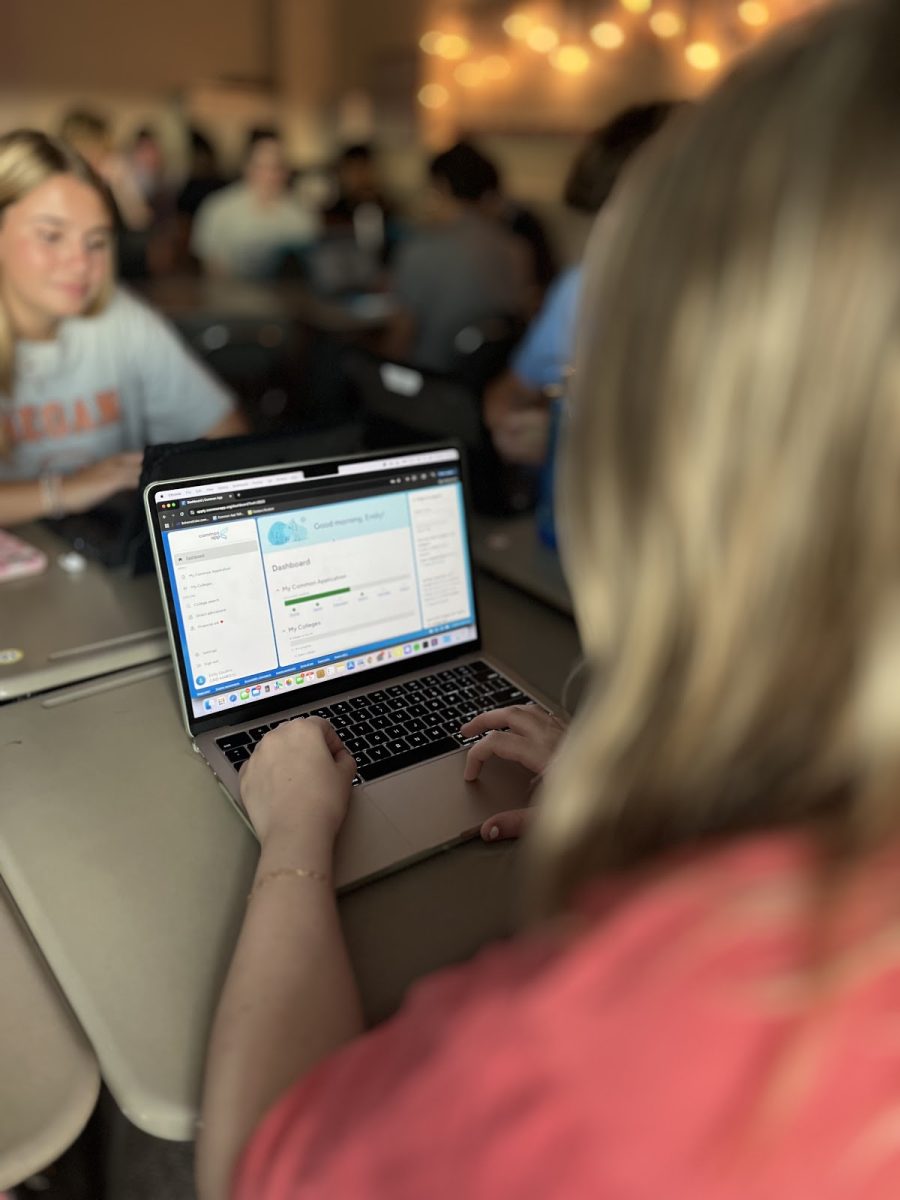
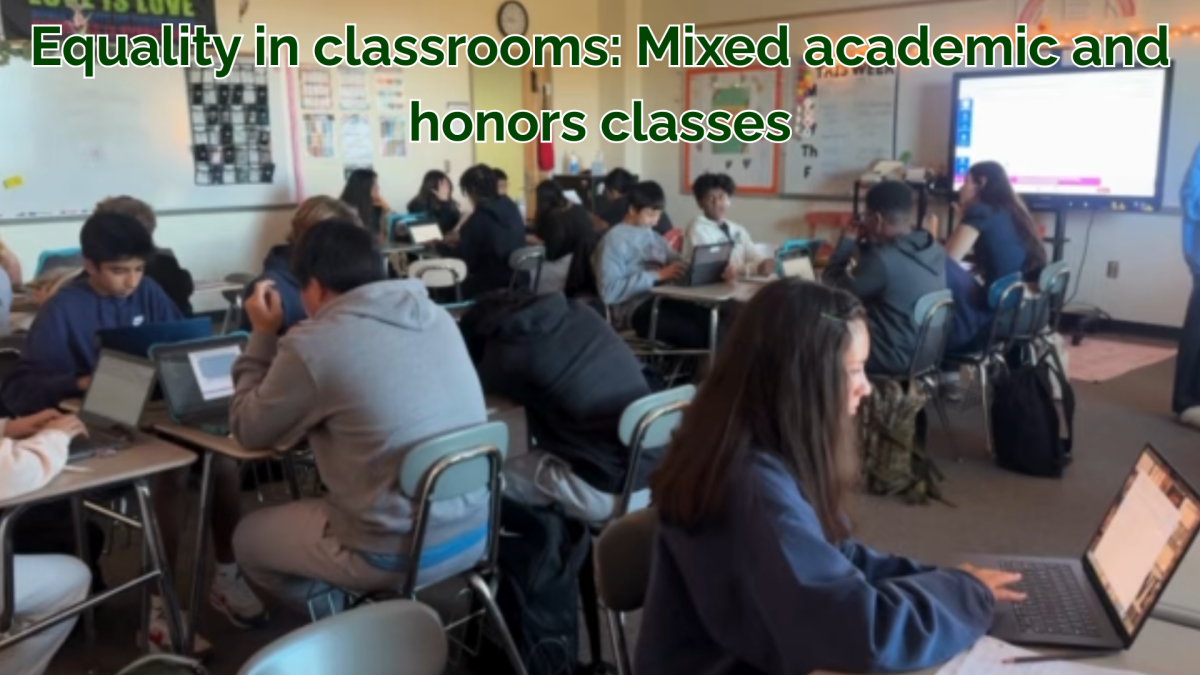

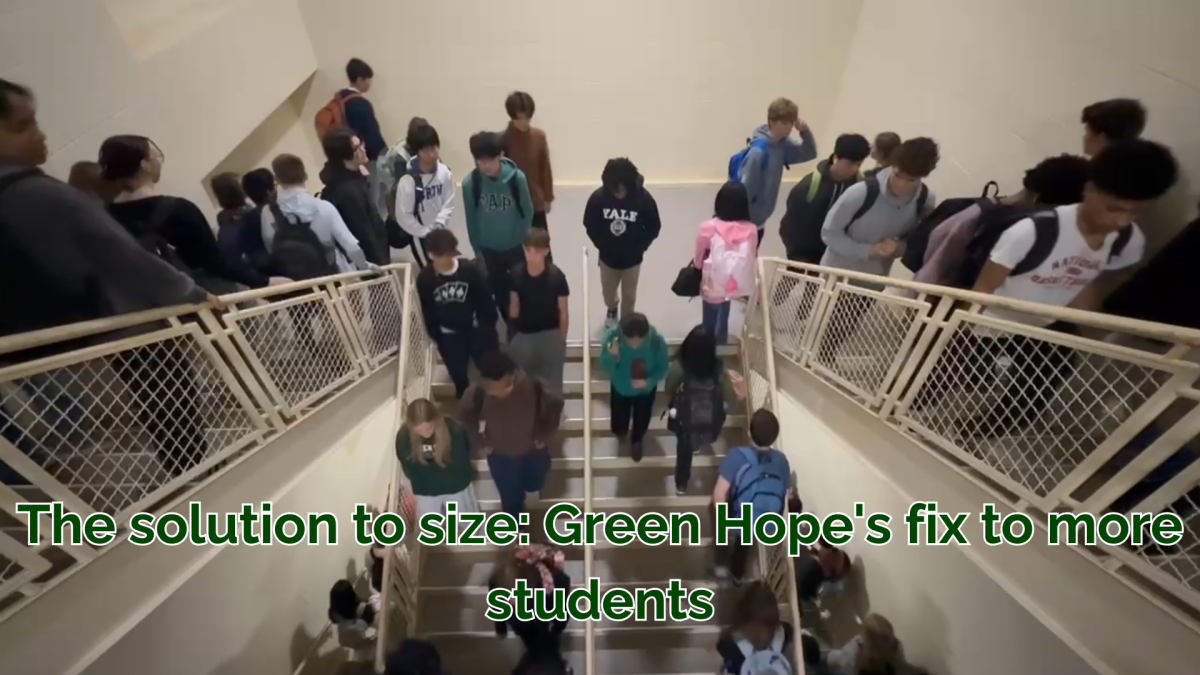






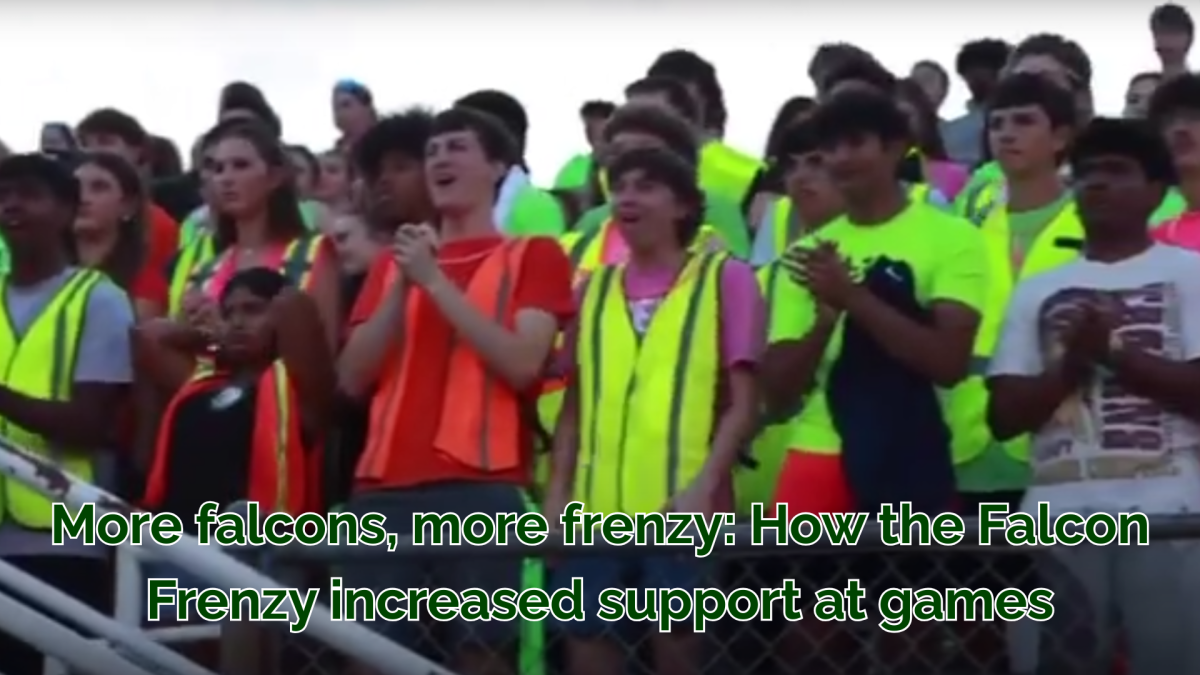











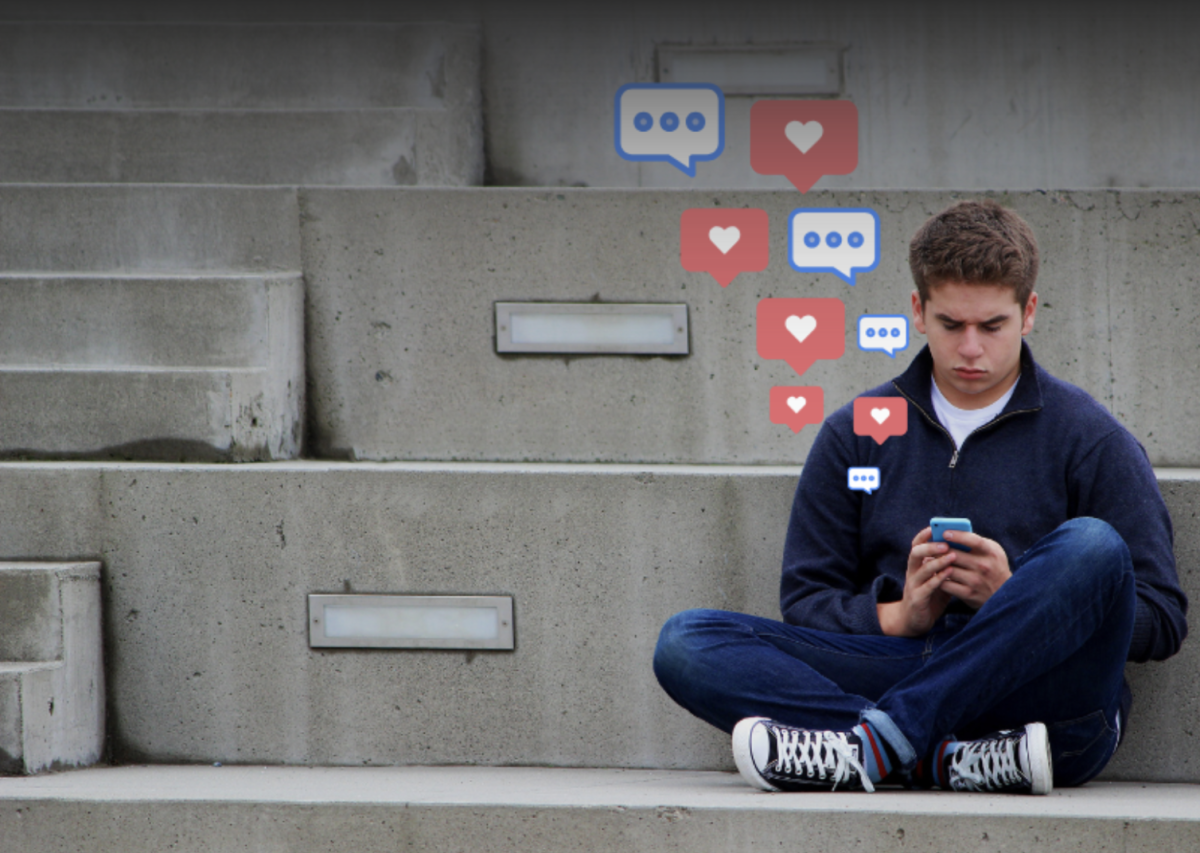

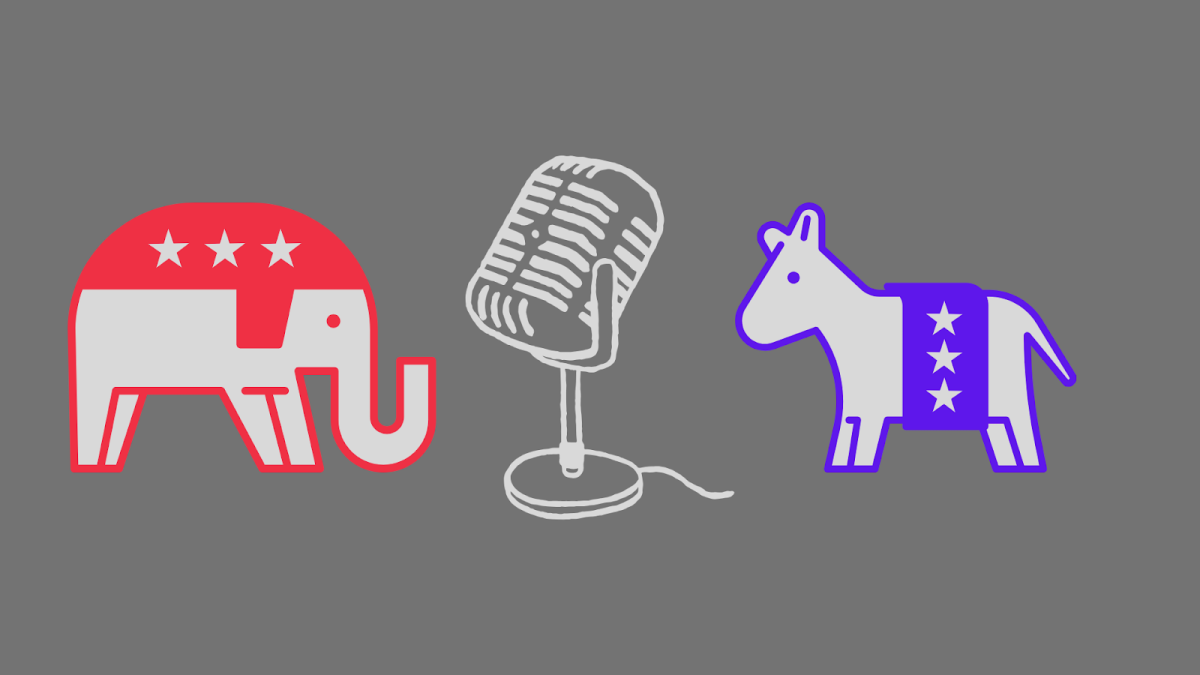

Erika • Mar 12, 2025 at 7:39 am
This is an important topic. It will be interesting to see how this plays out in later years.